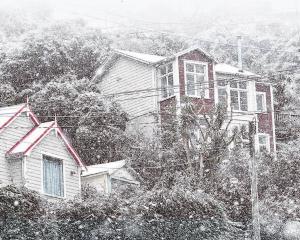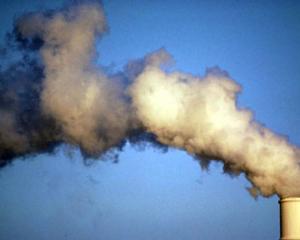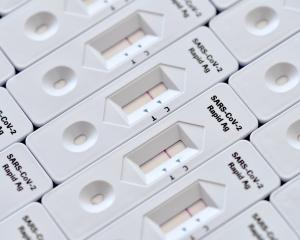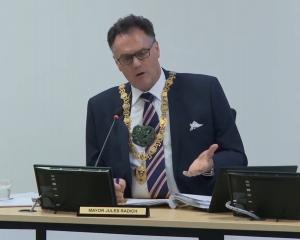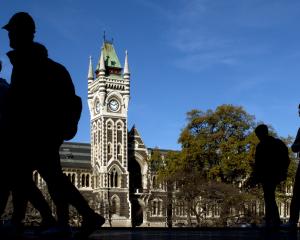
Petrol prices are the bane of their lives for many New Zealand motorists, especially those living in the South Island. Queenstown and Wanaka motorists pay more than in the North Island.
In Auckland, prices can be different by up to 30c a litre, depending on which suburb the petrol station is situated in.
A report received by previous energy minister Judith Collins in July found petrol prices "might not be reasonable". Her government announced new powers to enable the Commerce Commission to undertake a competition-specific fuel market study, backed by the ability to require comparable data across companies.
Petrol companies are always quick to denounce any calls of collusion when prices go up. However, in the South Island, apart from self-service pumps, where there is nothing else but petrol for sale, prices are generally in line across companies. The introduction of loyalty discounts only goes so far in appeasing motorists who have no choice in what they pay.
Early in November, petrol prices hit a three-year high after four price rises totalling 10c a litre in 10 days.
A combination of rising global commodity prices and a drop in the exchange rate was behind the increase. The Automobile Association took companies to task for the final 3c a litre rise, believing it was not justified.
The AA has been calling for a more thorough investigation into how petrol companies set their prices. A crowd sourcing app, used by about 60,000 users, found people in Wellington and the South Island pay more at the pump. Gross margins in Wellington and the South Island are 30% higher than in other parts of the country.
The disparity in pricing often makes no sense. The July report never got to the bottom of the reason for regional price differences. The information gathered never satisfactorily explained how that works, other than people will pay, so the price is higher in some places.
During the inquiry asked for by Ms Collins, two petrol companies did not provide all the information they were asked for. The report found profit margins for retail petrol have increased significantly over the past five years. But it did not say prices were unreasonable because companies taking part in the study did not provide enough information.
Dr Woods seems determined to take action on petrol prices, a move which will be welcomed by motorists. But she has warned that, although empowering the commission remains a live option, the investigation will not happen quickly. Changes will have to be made to the Commerce Act for the Commerce Commission to do the market test. Dr Woods is also considering other options which can be put in place to address immediately the issue of people living in Wellington or the South Island likely paying more for their fuel. Further investigation is warranted to see how the Government can ensure people are paying a fair price.
Competition is not alive and well in the petrol industry and there seems no good news on the horizon for Southern motorists. The Organisation of the Petroleum Exporting Countries, Russia and nine other producers are cutting crude output by about 1.8 million barrels per day until March 2018 in a move to keep prices high. The New Zealand currency is expected to remain low against the US dollar in the immediate future. Markets are predicting the first fall in oil prices will not come until April.
Meanwhile, there is unlikely to be any action the Government can take to drop fuel prices for the Christmas break. It is up to fuel companies to make the move. Unless the law changes, they will continue to price petrol in a way they regard as competitive.

